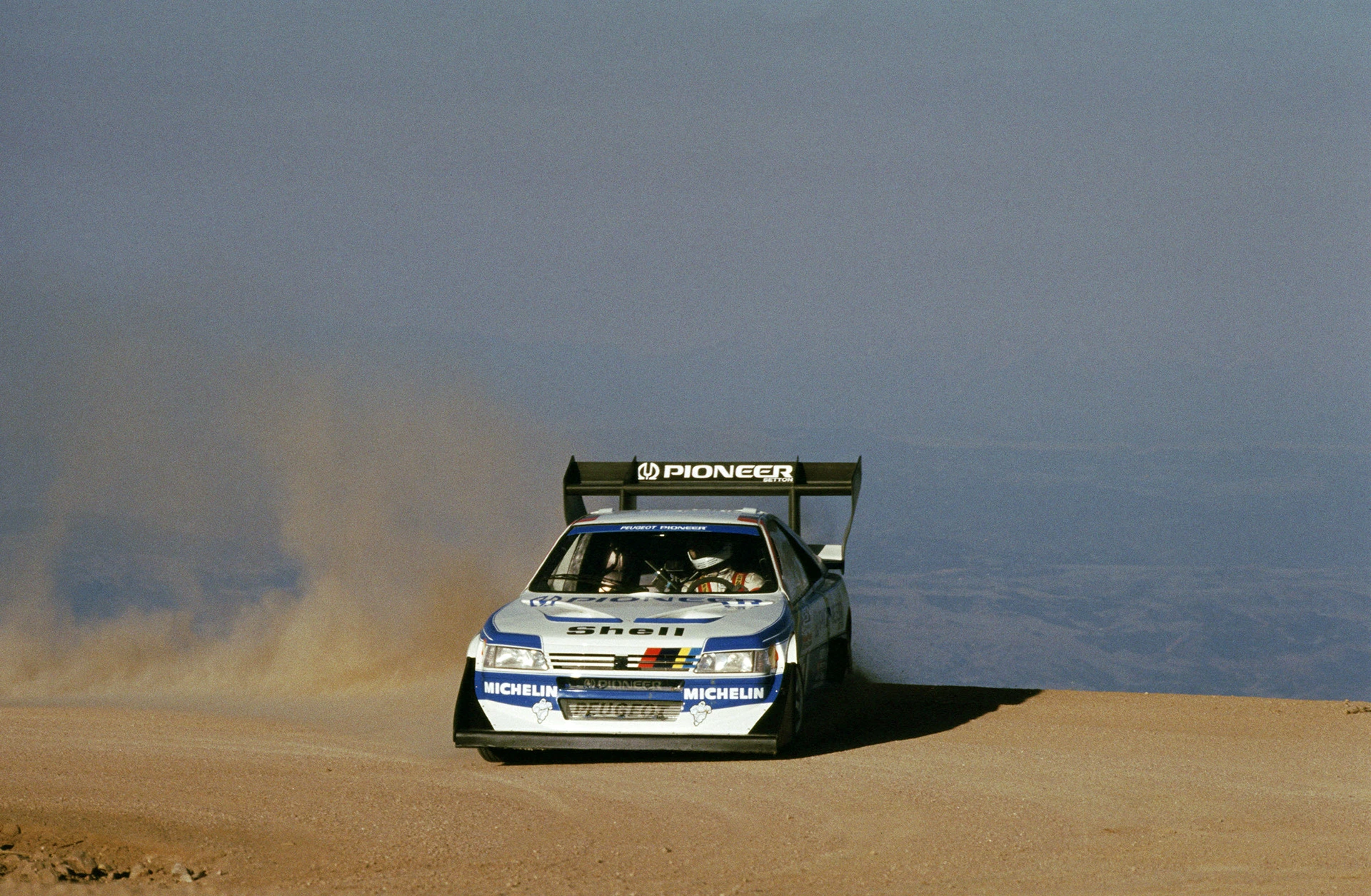Pikes Peak: The Race to the Clouds
07 September 2024 5 min read 5 images

Photo credit: Audi, Peugeot, Pikes Peak Hillclimb
In America, nestled in the stunning setting of the Rocky Mountains, lies a legendary race. So unique, it has become an international event where car manufacturers showcase their technical prowess. This is the Pikes Peak, a nearly 20-kilometer course featuring 156 curves, with a finish line at an altitude of 4302 meters. In 2018, Romain Dumas completed it in a mere 7 minutes and 57 seconds, driving the electric Volkswagen ID.R. But this race has always been about records: the first edition in 1916 was won in just over 20 minutes, on a nearly unpaved road that was fully paved by 2012.
Register to unlock this article
Signing up is free and gives you access to hundreds of articles and additional benefits. See what’s included in your free membership. See what's included in your free membership.
Already have an account? Log In


